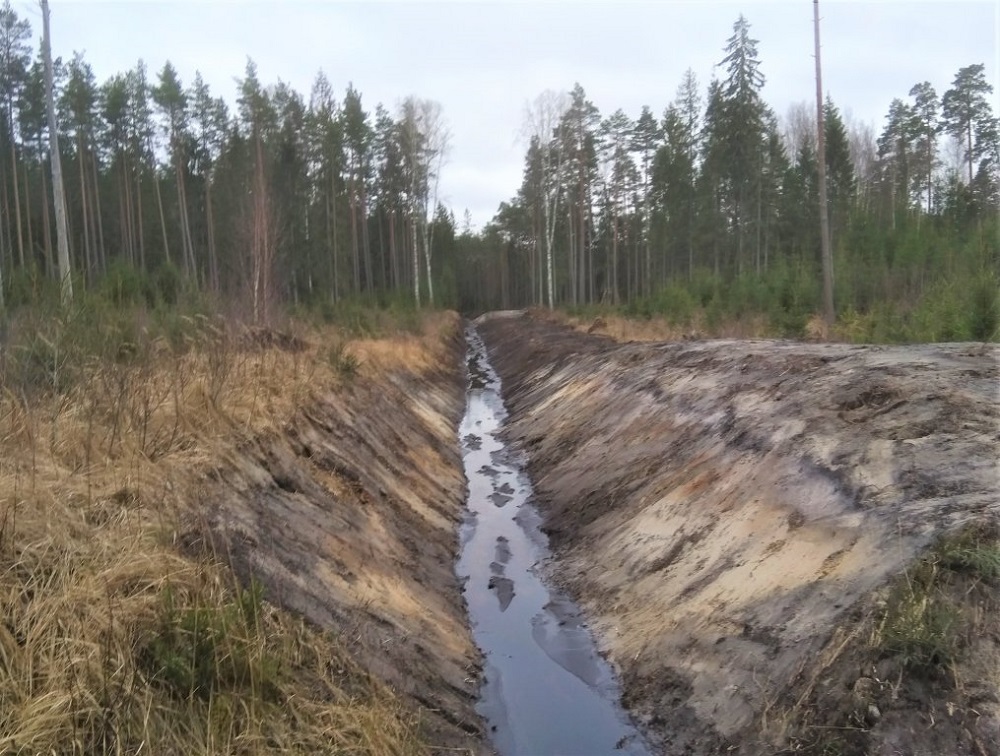JSC “Latvia's State Forests” (LVM) completed works in Vanema Forest District in LVM North Kurzeme region, Latvia, renewing the forest drainage system in an area of 216 hectares. An orderly drainage system is one of the factors that improves the growing conditions of trees, ensuring the optimal amount of moisture in the managed area.
It is planned to restore nine forest drainage systems in 2020 in an area of 3853 ha in North Kurzeme region. LVM plans to renovate 45 forest drainage systems in a total area of more than 24 thousand hectares this year.
“The justification for the restoration of forest drainage systems is based on the annual increase in wood growth in the drained area: spruce – 4 times, pine – 3 times, and birch – 2 times. Up to 4% of the ditches excavated in the course of use clog every year, depending on the soil conditions, thus worsening the drainage condition of forest drainage systems, which in turn reduces the annual growth of wood. Therefore, it is important to maintain drainage systems on a regular basis,” said Arvīds Spriņģis, LVM Forest Infrastructure Control Specialist.
LVM manages 1.6 million ha of forest land, of which 438 thousand ha have forest drainage systems in place. LVM structural unit LVM Meža infrastruktūra renews the operation of drainage systems on approximately 20 thousand ha every year. Forest drainage systems with an area of 224.4 thousand ha were restored and rebuilt by the end of 2019.
The purpose of the activities of “Latvia’s State Forests” (LVM) is administration of state-owned forest property and management of public forest, ensuring preservation and increase of its value and generation of revenue for its owner – the State.
